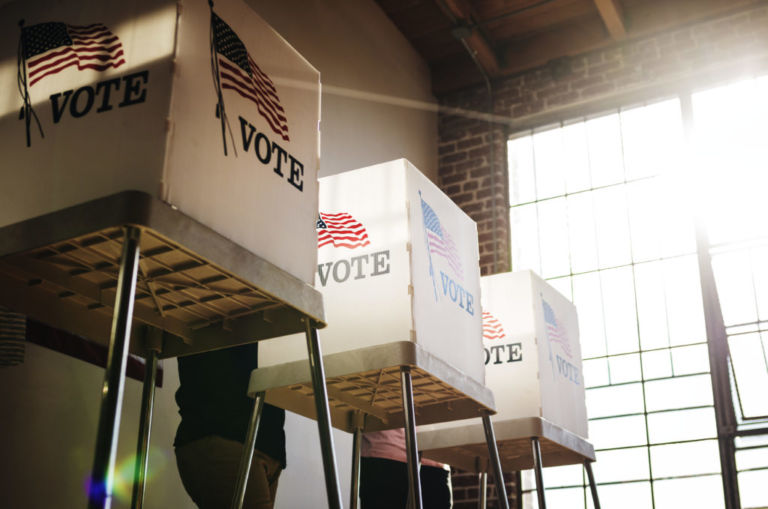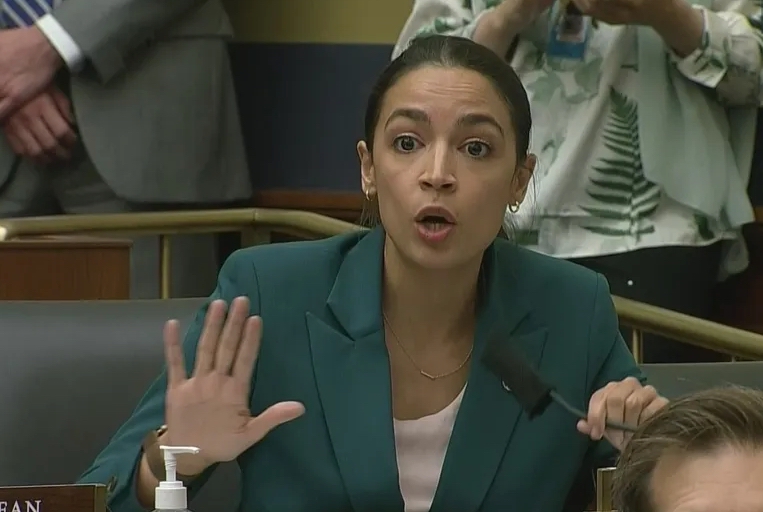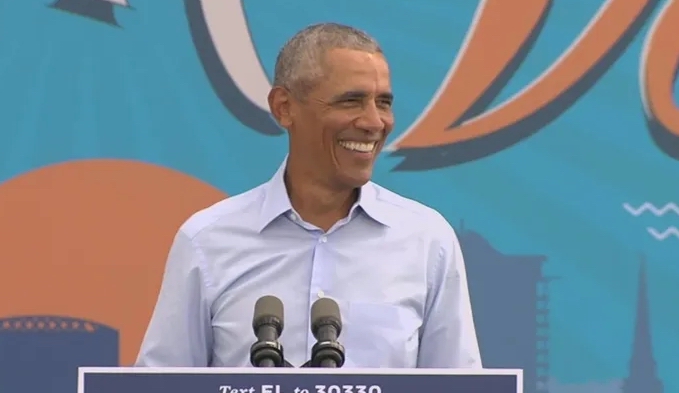Samantha-Jo Roth writes for the Washington Examiner about a key factor heading into the closing days of the midterm election campaign.
Prices at the pump continue to be a political liability for Democrats with three weeks to go before the crucial midterm elections.
Gas prices soared following pandemic lockdowns as demand outstripped supply globally, a phenomenon exacerbated by Russia’s February invasion of Ukraine. The cost of gasoline ultimately peaked at just above $5 a gallon in June, a record high.
As fears of a recession grew and states waived their gas taxes, the price of gas fell, buoying Democrats’ hopes that the issue would recede into the background even as problems such as the cost of groceries continued to plague consumers.
Gas prices fell for nearly 100 consecutive days, the longest such streak since 2005.
But the trend reversed in September in response to temporary refinery closures followed by an announcement from OPEC+ that it would slash production by 2 million barrels a day.
Even as gas prices declined 4.9% in September, average gasoline prices sat at $3.83 per gallon on Tuesday, nearly 20 cents higher than a month ago, according to the AAA motor group.
The Biden administration is expected to announce plans Wednesday to sell another 15 million barrels of oil from the Strategic Petroleum Reserve, Bloomberg reported, a sign of the pressure the White House is feeling to address the problem ahead of Election Day.
The midterm elections were always expected to be tough for Democrats, as the party in power in Washington typically loses seats in Congress. But just a few weeks ago, the landscape looked more promising after voters appeared to be motivated by the Supreme Court’s decision to overturn Roe v. Wade. Democrats overperformed in special congressional elections in New York, Minnesota, and Nebraska. An anti-abortion rights ballot measure was rejected by voters in heavily Republican Kansas. But now, momentum appears to be shifting back toward the Republicans.


